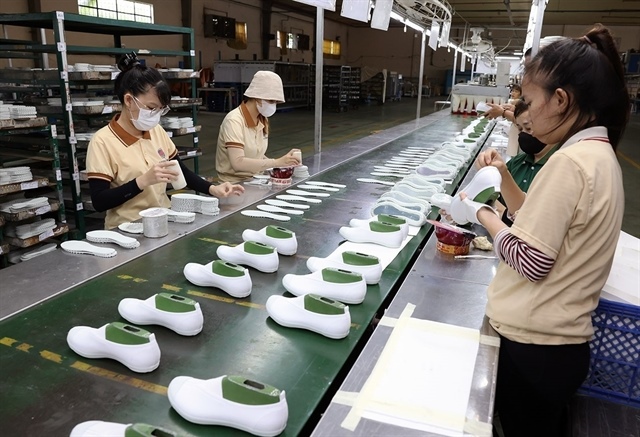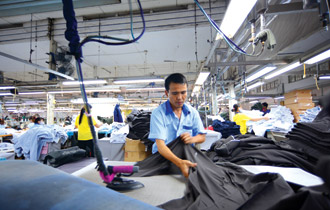GSO: GDP figures accurate
GSO: GDP figures accurate
Viet Nam's published GDP is completely reliable, director general of the General Statistics Office Nguyen Bich Lam told Thoi bao Kinh te Viet Nam (Viet Nam Economic Times)

Why was the GDP for the first quarter of 2014 that your department just released (5.09 per cent) higher than the previously released figure of 4.96 per cent?
There are three types of statistics used in statistical criteria: estimated statistics, initial statistics and official statistics.
The 4.96 per cent GDP announced in late March was based on estimated statistics. By the end of June, based on actual data, the General Statistics Office calculated the figure 5.09 per cent for the first quarter of 2014.
The key factor in the adjustment was the increase in the value of agro-forestry and fisheries products from 2.37 per cent to 2.74 per cent.
The value of the industry and construction sector was also adjusted from 4.69 per cent to 5.03 per cent.
The purpose of releasing the estimated GDP in late March was to help the government, ministries and sectors set targets for the next quarter and the rest of the year.
The release of both estimated and official GDP reflects our office's high sense of responsibility and transparency and is in line with international norms.
Some have expressed suspicion about the way your office is calculating the GDP. How do you respond to that?
We applied the formula used by the UN Statistics Commission to calculate GDP.
Our calculation is based on information sources collected monthly and quarterly as well as annual surveys and official reporting from ministries, sectors and corporations. I can say with confidence that these information sources are highly reliable.
Many years ago, the annual GDP released by our office was audited by the IMF and the WB.
However, in recent years, they have not conducted any more auditing as they are confident that our GDP is reliable.
The GSO has also applied that production approach and consumption approach to measure quarterly and annual GDP.
We only use the income approach every five years.
I am very proud to say staff working in the GSO are all highly trained, both at home and abroad. Their work is reliable.
I understand some people have expressed doubt about the methods we use to measure GDP or about the reliability of our GDP.
There are various approaches to measure GDP. Each approach requires experts with deep knowledge.
As for those who claim that our GDP figures are not reliable, I want to tell them, "You don't have thorough knowledge about the field of statistics."
Please tell us about your office's project to improve the quality of the statistics sector.
We're in the process of developing a project to reform the GDP compilation process for province and city GDP.
I hope that by late this year, the proposal will be submitted to the Prime Minister for approval.
Hopefully, from 2016, the GSO will have a standard procedure to measure GDP for each province and city. We want to apply the same methodology to measure national GDP and provincial/city GDP.
vietnamnet



















